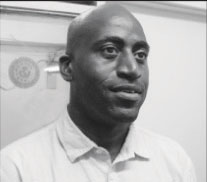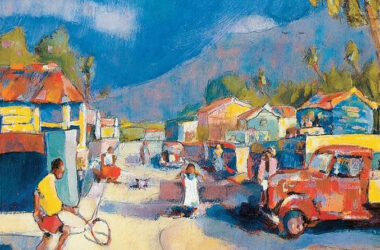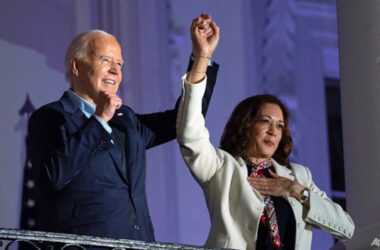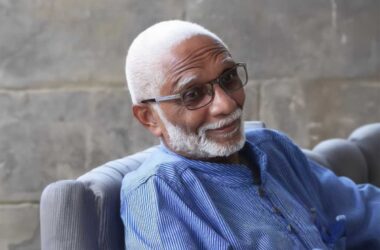
When solving a problem, we are diminished by groupthink. This occurs when our companions conform to peer pressure, follow the herd instinct, and claim to see what we also see, despite them having reason to think otherwise. If we remain open to considering and even interpreting information from a different perspective, we may learn something different and arrive at a better solution.
This process came to mind recently, when participating in the word-guessing game of pictionary. Some people with truly vivid imaginations were able to correctly guess and interpret simple lines and shapes, despite them being poorly drawn. How do we explain such a phenomenon where omissions, inaccuracies, and vague representations could be so easily interpreted? It is even more remarkable that we take this ability for granted.
In some developed countries, driverless vehicles are now sharing the road with normal traffic. This is an impressive feat of technology, relying heavily on computer vision, GPS, and other sensors. For safe operation, these autonomous vehicles must accurately detect other objects including: traffic, road signs, pedestrians, and lane markings. Could you imagine the mayhem if such vehicles did not correctly interpret the view from their cameras?
You may have also noticed that when we look at a picture, we sometimes see different things. If you have ever gazed at a historical photograph, you should realise what I mean. Just like autonomous vehicles, trained historians probably notice everything of importance in a picture, while the rest of us would struggle and overlook some details. For example:
* The buildings may be noticed by an architect;
* The clothing styles may appeal to a fashion designer;
* The roads and cars may fascinate an engineer;
* The plants and trees may interest an environmentalist.
It is probably true that the same picture would have a different meaning to different people, since others might notice the jewellery, street signs, and interpersonal interactions. Wise leadership will encourage and harness the differing opinions and viewpoints to build a truthful picture. We should also look deeper at any picture that we are presented with, if only to improve our own perspective.—
To share your views, contact the author at: www.datashore.net or via The Voice.






